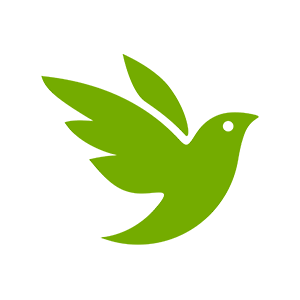Timothy Frey Curator
Joined: Jun 15, 2019 Last Active: Apr 19, 2024 iNaturalist
"The real voyage of discovery consists, not in seeking new landscapes, but in having new eyes." Marcel Proust
Please do not be afraid to disagree with my IDs, I get things wrong all the time.
BS Plant Pathology, Minor in Horticulture, Ohio State
Ph.D.,Plant Pathology from the Ohio State University. I have a keen interest in galling organisms of all sorts.
Ph.D research - Root-knot nematode (Meloidogyne incognita). Biology and control.
Post. Doc 1 - Maize Lethal Necrosis, Redinbaugh Lab.
Post. Doc 2 -Northern Corn Leaf Blight and Grey Leaf Spot Modeling and Prediction, Paul Lab
Current positions;
Post Doc 3 - Benitez Ponce Lab, Impact of crop rotational schema on soil bacterial and fungal populations. Microbial profiling of hydroponic lettuce.
This is a mostly gall-focused account, but I dabble with plants, plant pathogens, and insects as well.
To help get your gall IDed on iNat include the following pictures:
- Upper surface of gall
- Lower surface of gall (even if there appears to be nothing there)
- Context - a more zoomed out shot with leaf or twig that the gall is on
- If you are not positive on host identification pictures of the host can help as well.
- In some cases (Caryomyia in particular) a cross-section is important for ID.
General rules for diagnosing plant problems.
- Know thy host - what is in the range of normal? What does normal fruit looks like?
- Observe the environment - does the sign/symptom appear on multiple leaves/plants in the vicinity or just one?
- Look for horses first, not zebras - know what is common in your area and rule out the common before presuming the exotic.
Recommended Gall Identification Resources for the eastern United States
Getting started
www.gallformers.org - great new resource from @megachile and @jeffdc
- N. Charney and C. Eiseman - Tracks & Sign of Insects and Other Invertebrates: A Guide to North American Species - Has a good section covering most of the common galling species. (2010)
- Cranshaw and Shetlar - Garden Insects of North America (2004) - Also a good place to look for general categories.
More advanced;
- E.P. Felt - Galls and Gall Makers (1940)- An oldie but a goodie
- L. H. Weld - Cynipid Galls of the Eastern United States (1959) - Great guide for the gall wasps
- R.J. Gagne - Plant-feeding Gall Midges of North America (1989) - Great for the midges
- R.J. Gagne - The Gall Midges (Diptera: Cecidomyiidae) of Hickories (Juglandaceae: Carya). (2008) - Caryomyia species treated in depth.
R.J. Gagne - The North American gall midges (Diptera: Cecidomyiidae) of hackberries (Cannabaceae: Celtis spp.). (2013) - Celticecis species treated in depth
-T Pergande - North American Phylloxerinae Affecting Hicoria (Carya) & Other Trees (1909) - A good starting point for the hickory phylloxera, still learning these.- Beutenmüller - North American species of Diastrophus and their galls (1909)
- Daniel McCloskey @ddennism - Goldenrod Galls https://www.inaturalist.org/journal/ddennism/28052-goldenrod-galls (2019)
- J. Plakides - The Gall Midges (Diptera: Cecidomyiidae: Cecidomyiinae) From Allegheny County Pennsylvania (2016) - contains descriptions of new Dasineura species on Laportea canadensis.
Helpful for IDing Oak Gall Wasps is Identifying their host species, here is a helpful guide for that from @jeffdc;
https://www.inaturalist.org/journal/jeffdc/67593-getting-an-oak-identified
OHIOANS:
Here is my gall checklist for Ohio (Spr 2023):
https://www.inaturalist.org/journal/calconey/77775-ohio-gall-checklist-spring-2023-update


